pt.sansan – You certainly have often heard of cotton. But, did you know that not all types of cotton are the same? Yes, even though it may all come from cotton trees, the way it’s cultivated and produced can result in different qualities of cotton. That’s why, when cotton comes into your mind in terms of clothing manufacturing, you have to be more careful and understand what kind of cotton it is that you are using. Get to know some of the most common types of cotton on the market now. Which one best suits your needs?
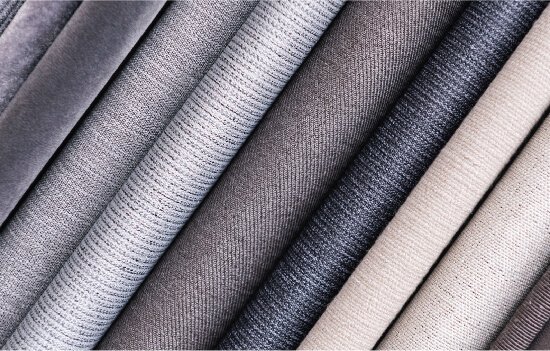
-
Canvas
Canvas is used to describe plain-weave fabrics with a more substantial weight. It used to be made from hemp, but today it’s normally made from cotton.
- Weight: medium to heavyweight.
- Construction: plain weave.
- Texture: sturdy and rough.
- Drapey? no, it’s structured.
- See-through? No.
- Uses: bags, sneakers, blinds, and workwear.
-
Chambray
Chambray fabrics have a subtle multi-colored look. This is because they’re made using two yarn colors; one yarn is normally white. When the other yarn is blue it looks like denim, but it’s much thinner and softer than real denim.
- Weight: light to medium weight.
- Construction: plain weave. The yarns are woven together tightly, so the gaps between each yarn are small.
- Texture: smooth.
- Drapey? no, it’s quite crisp.
- See-through? no.
- Uses: summer shirts and dresses.
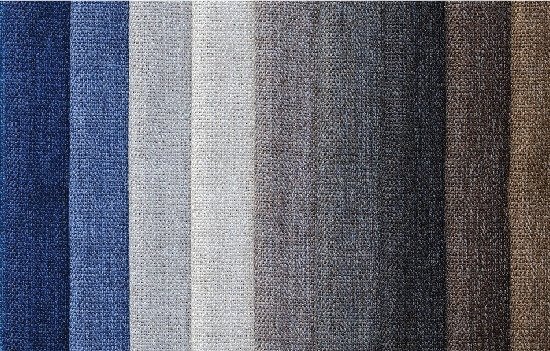
-
Chino
Chino is a durable, twill weave fabric with a slight sheen. Sometimes elastane/lycra is added to make the fabric stretchy and more comfortable, making it ideal for slim-fitting chino pants.
- Weight: it varies.
- Construction: twill weave, so it has fine diagonal ribs.
- Texture: smooth.
- Drapey? no, it’s structured.
- See-through? no.
- Uses: pants/trousers, skirts, jackets, and military uniforms.
-
Corduroy
Corduroy is a pile of fabric with raised ribs. The ribs run vertically and are evenly spaced.
- Weight: it varies.
- Construction: woven fabric with a pile.
- Texture: it has a smooth pile, but you can feel the bumpy raised ribs.
- Drapey? No, corduroy is structured. Lighter weight corduroys have a bit more drape, but not as much drape as chiffon or silk charmeuse.
- See-through? No.
- Uses: dresses, shirts, trousers, coats, and upholstery.
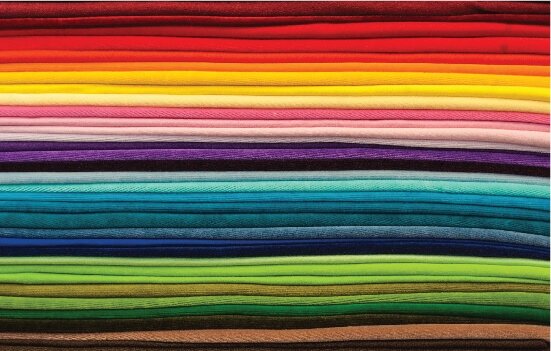
-
Drill
Drill is a durable fabric with obvious diagonal ribs.
- Weight: it varies.
- Construction: diagonal weave.
- Texture: it has some texture. As your hand moves over the ribbed surface, you’ll feel little bumps.
- Drapey? No, it’s quite structured.
- See-through? No.
- Uses: khakis, army uniforms, shirts, safari jackets, chef coats, and sneakers.
-
Fleece
Cotton fleece is a soft, fluffy fabric with a brushed pile surface on one or both sides.
- Weight: medium to heavyweight.
- Texture: the brushed side is soft, fluffy, and warm.
- Drapey? no, my heavyweight sample in the picture has body / structure.
- See-through? no.
- Uses: cold weather clothing, fleece jackets, sweatshirts, and blankets.

-
Jersey
Jersey is a general word to describe many types of knitted fabrics or made from yarns interlinked together with loops. This can be done by hand or by machine.
- Weight: it varies from light to heavyweight.
- Texture: soft, smooth, and stretchy.
- Drapey? The lighter weight ones have some drape, but some do stand away from the body (in other words, they have some structure). Heavyweight jersey sweatshirt fabric is structured, not drapey.
- See-through? no.
- Uses: t-shirts, sweatshirts, hoodies, casual dresses, baby clothes.
-
Oxford
Oxford cotton is created by weaving the cotton yarn in a certain way giving a textured rather than smooth finish.
- Weight: light to medium weight.
- Construction: woven fabric.
- Texture: quite smooth with a bit of texture in some types.
- Drapey? no, it’s quite structured, but not stiff.
- See-through? no.
- Uses: shirts, pajamas, skirts, and sportswear.
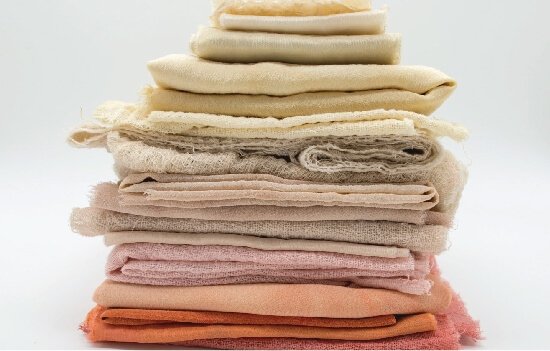
-
Pique
Cotton pique is a knitted fabric with a tiny, textured pattern. The tiny gaps in the pattern make it a breathable fabric. It’s mostly used to make polo shirts.
- Weight: it varies.
- Construction: generally knitted.
- Texture: there’s a subtle texture.
- Drapey? There’s some drape, but not as much as chiffon for example.
- See-through? no.
- Uses: polo shirts and shorts.
-
Poplin
Poplin is a crisp fabric with very fine ribs and a subtle sheen.
- Weight: light to medium weight.
- Construction: plain weave. It has very subtle horizontal ribs because the warp yarns are closer together and finer than the weft yarns.
- Texture: smooth and crisp.
- Drapey? no, it’s structured and crisp.
- See-through? no.
- Uses: buttoned shirts, structured dresses, trousers.
So, those are some types of cotton you need to know. Should you be interested in manufacturing uniforms or workwear made of cotton and are currently looking for a trusted supplier or vendor, PT. Sansan Saudaratex Jaya is here to fulfill your demands.

With a monthly capacity of 2,000,000 meters, we are open for job order/CMT for sizing, RFD (Ready For Dyeing), RFP (Ready For Print) and Finishing processes for all kinds of woven fabrics. The specialty of our product is uniform fabrics (Cotton, TC / TR) which require large quantities of color stability and have high washing resistance (using the Vat Dyeing / Vessel method). In addition, we are experts in processing trouser fabrics (high gramation fabrics) which have a stretch effect. Kindly contact us on the Contact page for order requests and further information.
Source: ThreadsMonthly


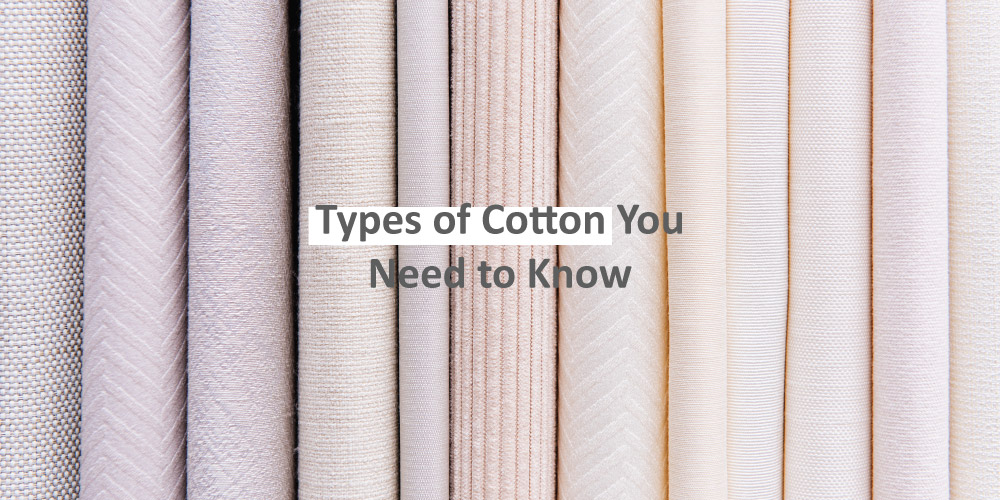

 Bahasa
Bahasa